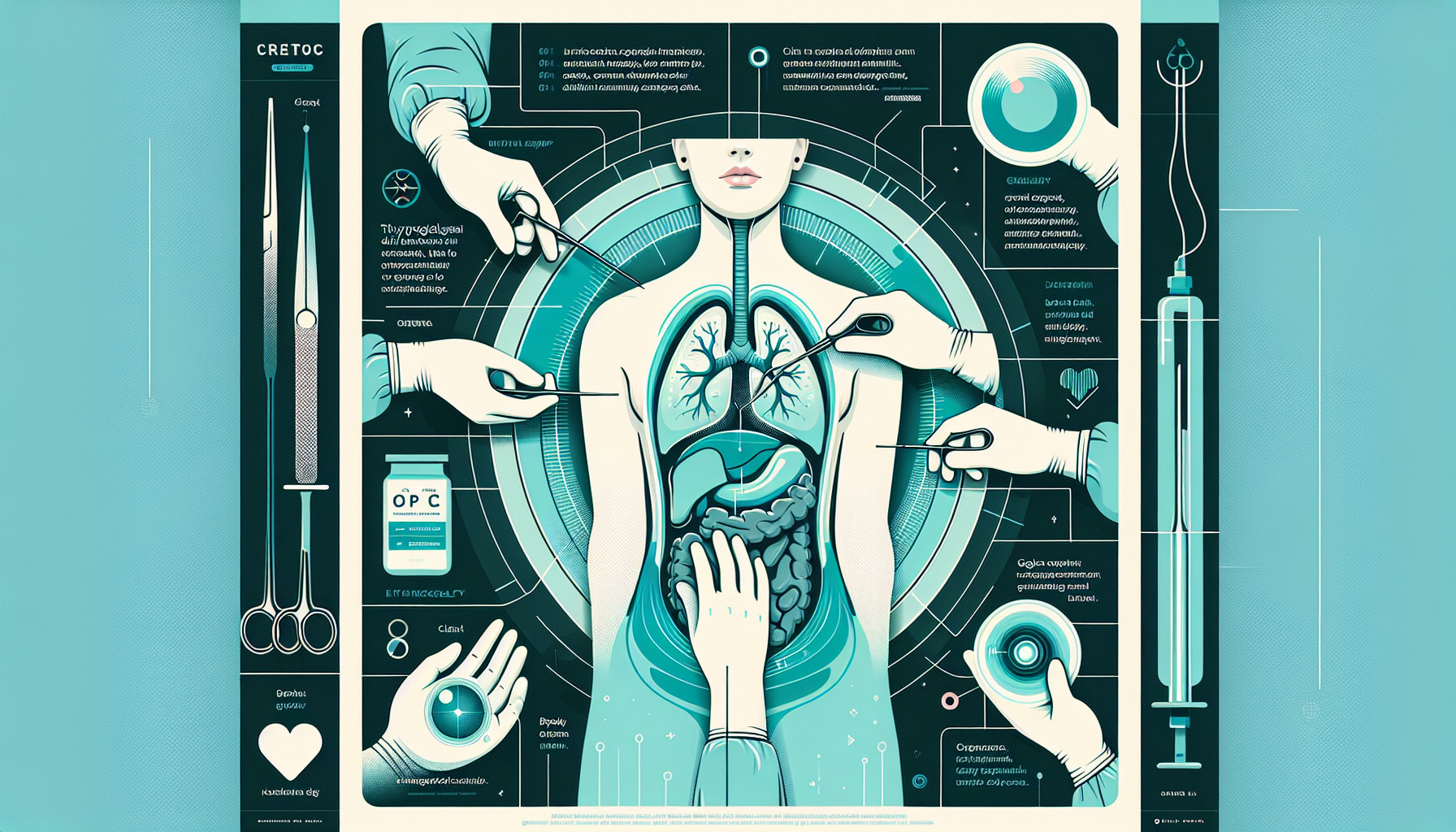Our Summary
This research paper discusses a very rare case of a newborn baby having breathing problems from birth due to a cyst, identified as a thyroglossal duct cyst (TGDC), in its neck. This type of cyst doesn’t usually cause symptoms in newborns, and it’s even rarer for it to be located below the hyoid bone (a horseshoe-shaped bone in the neck), which was the case here. The cyst was pressing on the baby’s larynx (voice box), causing it to have trouble breathing and needing help to breathe. After several failed attempts to remove the breathing tube, a scan revealed the cyst. The doctors then successfully removed the cyst through surgery, and the baby was able to breathe normally and was released from the hospital five days later. The baby showed no signs of the problem in later check-ups.
FAQs
- What is a thyroglossal duct cyst (TGDC) and how does it affect newborns?
- What is the Sistrunk procedure and how is it used in treating TGDC?
- What are the symptoms of an infrahyoid TGDC and how is it diagnosed?
Doctor’s Tip
A helpful tip a doctor might tell a patient about thyroglossal duct cyst removal is to follow post-operative care instructions carefully, including keeping the incision area clean and dry, taking prescribed pain medications as directed, and attending follow-up appointments to monitor healing and ensure there are no complications. It is also important to avoid strenuous activities that could strain the neck area until fully healed.
Suitable For
Patients who are typically recommended for thyroglossal duct cyst removal are those who are experiencing symptoms such as difficulty breathing, swallowing, or speaking due to compression of the airway or surrounding structures by the cyst. In some cases, patients may also experience recurrent infections or drainage from the cyst. Additionally, patients who have a cyst that is growing rapidly or causing cosmetic concerns may also be recommended for surgical removal. In rare cases, infants with a thyroglossal duct cyst that is causing significant airway compromise may need urgent intervention to prevent respiratory distress.
Timeline
- 0-1 day before surgery: Newborn presents with significant respiratory distress necessitating intubation and ventilation since birth.
- Day of surgery: Computed tomography demonstrates a cystic lesion, likely an infrahyoid thyroglossal duct cyst (TGDC) compressing the laryngeal lumen.
- Day of surgery: TGDC is removed by Sistrunk procedure.
- 1 day after surgery: Histopathology confirms the diagnosis of TGDC.
- 5 days after surgery: Patient is discharged from the hospital.
- Follow-up appointments: Patient is asymptomatic on follow-ups after surgery.
What to Ask Your Doctor
- What is a thyroglossal duct cyst and why does it need to be removed?
- What are the risks and benefits of the surgery to remove the thyroglossal duct cyst?
- What is the recovery process like after surgery?
- Are there any potential complications or long-term effects of having a thyroglossal duct cyst removed?
- Will there be any scarring or changes in appearance after the surgery?
- How soon after the surgery can the patient resume normal activities?
- Are there any dietary or lifestyle changes that need to be made after the surgery?
- How often will follow-up appointments be needed after the surgery?
- Are there any alternative treatment options for a thyroglossal duct cyst?
- Are there any specific symptoms or signs to watch for after the surgery that may indicate a complication?
Reference
Authors: Mangalath S, Devi U, Sethuraman G, Gurunathan M. Journal: Indian J Otolaryngol Head Neck Surg. 2023 Jun;75(2):979-983. doi: 10.1007/s12070-022-03252-5. Epub 2022 Nov 6. PMID: 37274962
